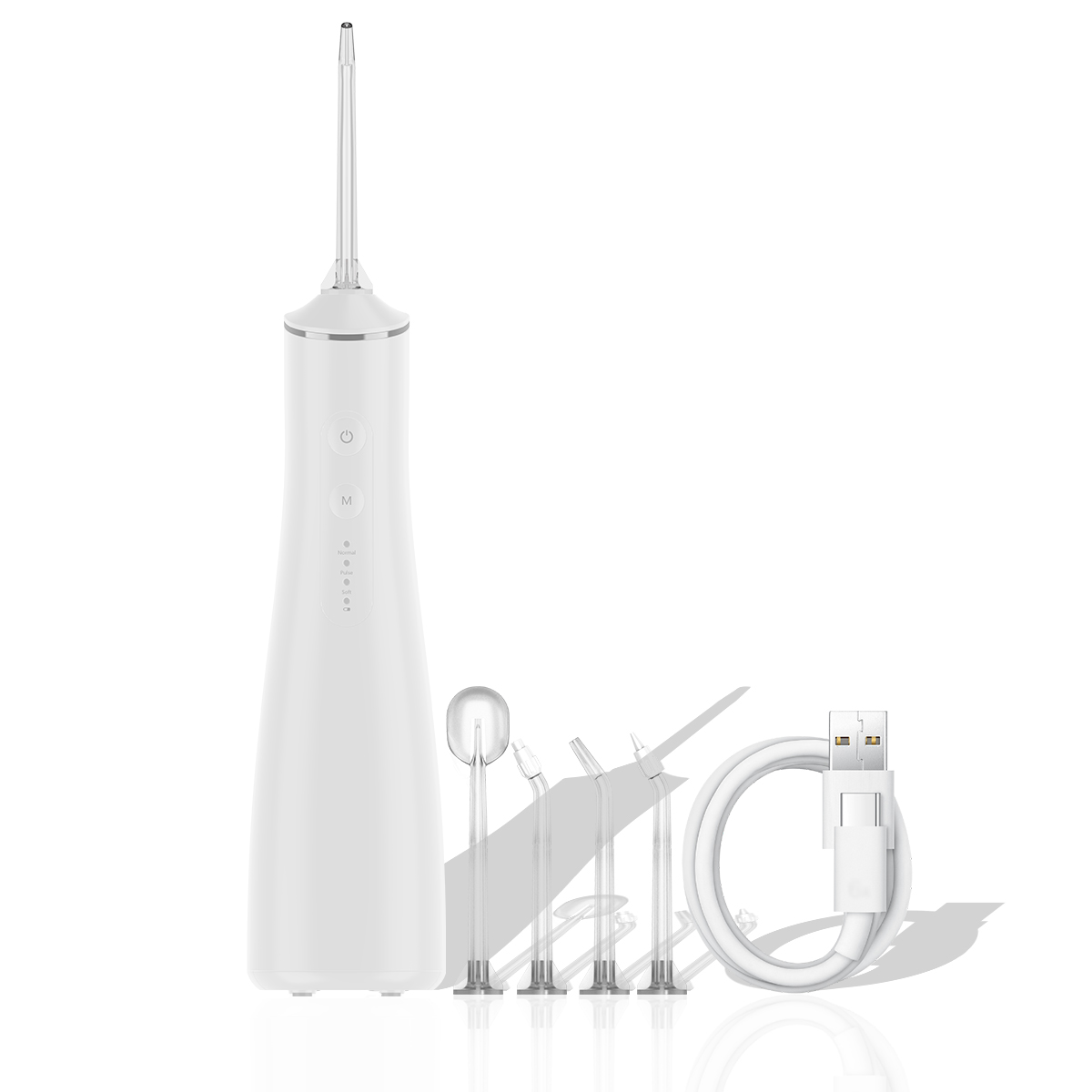The last teeth to erupt in your mouth are wisdom teeth. These last teeth are four in number. In some cases, these last teeth are not standing normally like every other tooth due to a lack of space on the jaw. This can lead to pain, swelling and other dental problems. In this case, your dentist may recommend that the wisdom teeth should be removed.
You may not want your wisdom teeth to be removed, but sometimes removing them is the best option. After wisdom teeth removal, your mouth will begin healing by forming a blood clot over the holes or sockets. That’s where wisdom teeth were removed from. You’ll now have reasons for a temporary diet because your dentist will give you post-extraction instructions.
It’s an open wound, so food particles may still get stuck in the hole no matter how careful you are. Don’t panic! It’s very much Okay! The food particles will surely dislodge themselves but if you are tempted to dislodge the food particles due to discomfort, it’s fine. If you do choose to dislodge it, you must be extra careful in other not to disrupt the blood clot in the hole. This may result in introducing bacteria into the extraction site or hole.
In this post, we’ll walk you through some practical tips on how to get food out of those wisdom teeth holes without contamination and keep your mouth comfortable during the healing process.
How to Clean Your Wisdom Tooth Hole
If you’ve recently had your wisdom teeth removed, you’re probably navigating the challenging world of wisdom teeth holes.
Recovering for your Wisdom teeth removal is only temporary, but that doesn’t mean the holes should be neglected. Keeping the extraction sockets clean is very important and the following tips will help you to remove food particles stuck in your wisdom teeth smoothly.
1. Warm Salt Water Rinse.
This is your first line of defense, but you shouldn’t rinse your mouth for the first 24 hours after tooth removal. After that, you mix a teaspoon of salt into a cup of warm water. Gently swish it around your mouth, paying extra attention to the wisdom tooth hole. The saltwater helps loosen food particles and soothes the discomfort.
2. Use a Water Flosser or Syringe.
Invest in a soft, rubber-tipped syringe or Ekong Smile water flosser. A water flosser can help you target the flow of water from every angle of the hole. Fill it with warm water and gently flush out the stuck food. Be careful not to use too much force, as you don’t want to irritate the healing area.
3. Gentle Brushing.
You can still brush your teeth after wisdom teeth removal and you can also try to dislodge food debris from the extraction site of the wisdom tooth – just be gentle! Use Ekong smile soft-bristle toothbrush and clean around the wisdom tooth hole. Don’t forget to rinse thoroughly after.
How Can I Avoid Getting Food Stuck in Wisdom Teeth Holes?
These tips can help prevent food from getting stuck in a wisdom tooth hole.
1. Don’t chew near the hole.
Avoid chewing near the sockets or the holes until they begin to heal.
2. Soft and Blended Diet.
While you’re healing, it’s a good idea to stick to a soft and blended diet. Think mashed potatoes, smoothies, yoghurt, and soup. These foods are less likely to get stuck in your wisdom teeth holes, making your life a whole lot easier.
3. Stay Away from Certain Foods.
Avoid crunchy, hard, and sticky foods during your recovery. Popcorn, chips, nuts, and candies can be troublemakers, as they love to hide in those holes. So, save them for later!
4. Rinse your mouth properly after eating.
Don’t forget to rinse your mouth immediately after eating. This helps to dislodge food debris and bacteria from the hole. Rinse with germicidal mouthwash, it helps to reduce the number of bacteria in the mouth.
Other ways to keep in mind after wisdom teeth removal are:
1. Stay Hydrated.
Drinking plenty of water can help wash away small food particles and keep your mouth clean. Plus, it’s just good for your overall health!
2. Avoid drinking through straws, smoking or spitting. These can result in dry sockets.
3. Place ice packs on your cheeks to help with swelling.
4. Do not touch the surgical site with your tongue or hands.
5. Don’t Skip Follow-up Appointments.
After tooth removal, your dentist will schedule follow-up appointments to monitor your healing progress. These checkups are very important, so don’t skip them. Your dentist can give you personalized advice and ensure everything is on track.
How long does it take for the hole to close up?
If you follow your dentist’s post-extraction care and other Oral hygiene instructions, it may take 3 to 7 days to fully recover or some weeks if the procedure is extensive. So, the recovery time depends on how extensive the surgery was. Remember, it’s an open wound, it is best to be serious with good oral hygiene practices as given by your dentist.
Don’t stress too much about the occasional food particles getting stuck in the extraction areas. Just know that it’s a temporary inconvenience but with these tips, you’ll be well-equipped to handle it. Remember, it’s all part of the healing process, and soon enough, you’ll be back to enjoying your favourite meals hassle-free.
If you have any concerns or encounter any complications during your recovery, don’t hesitate to reach out to your dentist. They’re there to help you through this journey.

